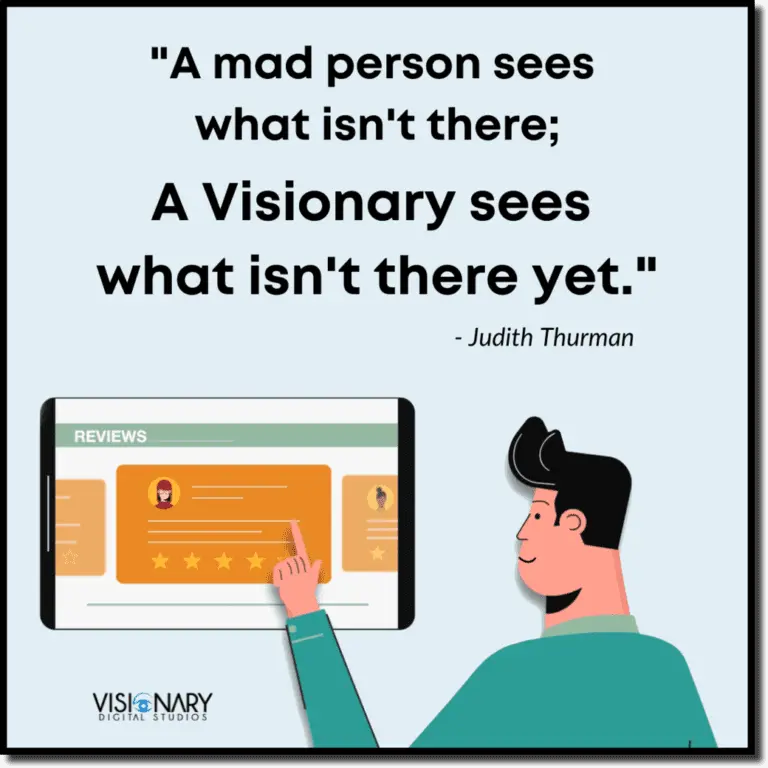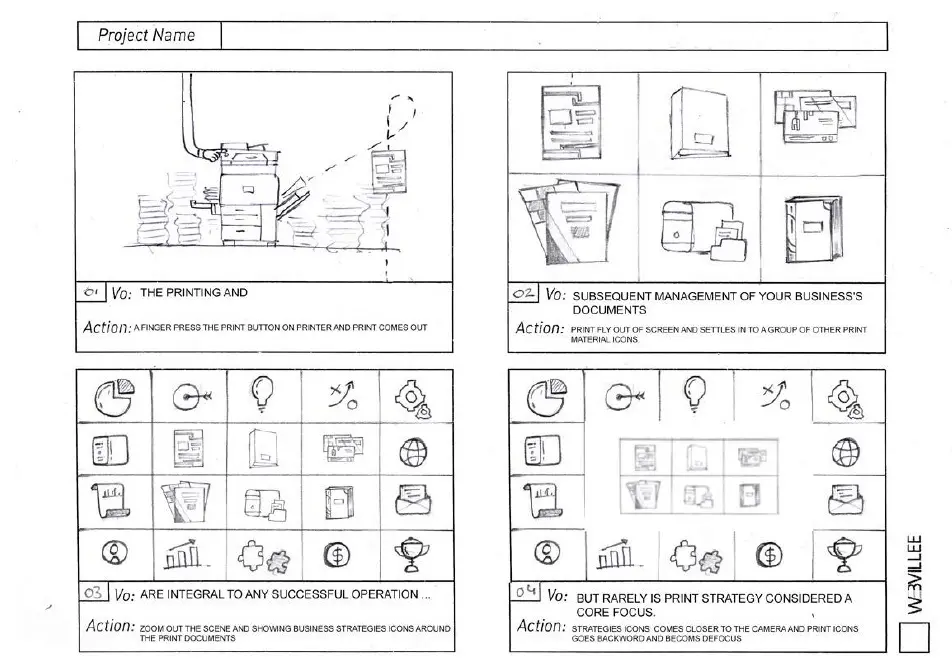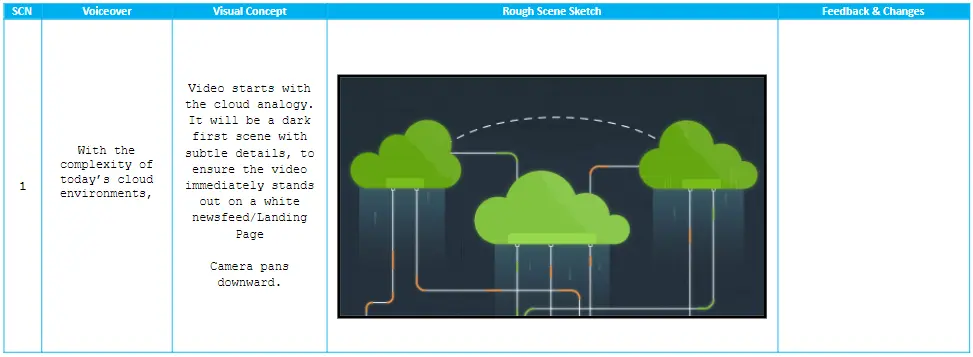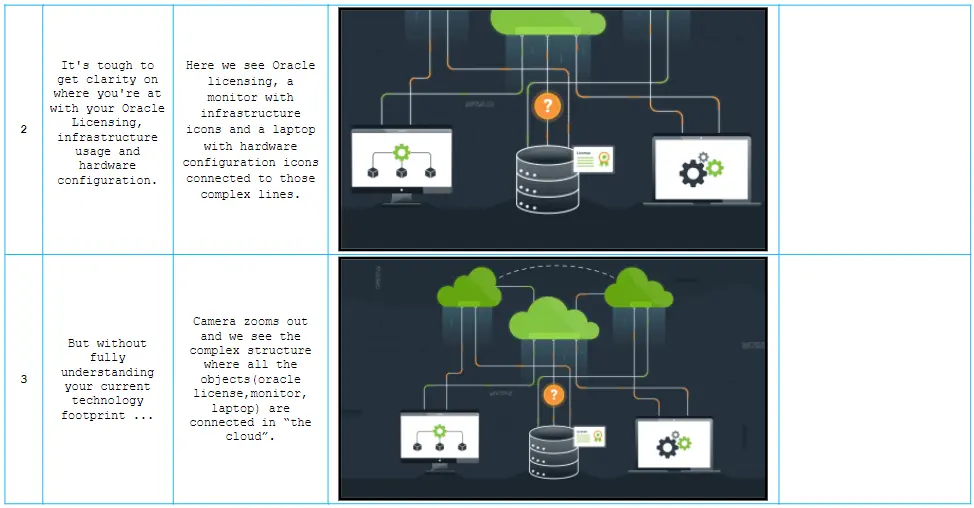If you’ve never used a professional video production agency before, the process can be a little mysterious.
Things move fast when you work with Visionary Digital Studios, and our clients sometimes aren’t sure of the reasoning behind some of our processes.
You see, great pieces of work don’t jump straight out of our brains and onto the screen.
Instead, everything we produce starts life as a simple idea scribbled on a bit of paper. Over time, our production process adds more detail to this idea until it evolves into a powerful product ready for delivery.
Something that often causes confusion for new customers is the difference between creating the initial storyboard (Scene Sketches), and the Graphical Artboard in the following step.
These two crucial steps in the process sound extremely similar on face value. However, their purposes are quite different, and require a different thought process when reviewing them for amendments.
Let’s take a look at each phase in detail and talk about things to look out for when reviewing work.
Phase 1 – Storyboard (Scene Sketches)
Your storyboard is a sketched representation of the story in your video. We use it to plan each shot in your animation and create a wireframe of everything we will intend to animate.
Think of your storyboard like a first draft of a comic!
You’ll see the overall story, get an idea of what each scene will look like, and see some of the dialogue. You should get a good idea of your animation story, and how all the pieces will fit together.
Our designers will aim to keep each scene un-cluttered so that it engages your viewer, but doesn’t distract them from the message.
Rather than producing random pictures – the sketches are strategically designed to accentuate your message.
What you won’t see is colouration or any significant design work. When it comes to storyboarding, the focus is all on the story. That means that the characters, objects, and scenes will look underdeveloped.
If there’s anything you don’t like at this point we can change it easily – this helps to make the overall production process more efficient.
What to look for:
– Check the story being told fits in with your vision. Keep in mind our design team are AMAZING at this, it’s their life’s work! They will have your overall strategic vision in mind while designing each individual scene. They’ll also have an idea of how they are going to bring the scenes to life during Animation.
-Do a fact check on any product details and specs.
-If you are conveying a corporate message, ensure the storyboard is simple, with plenty of “white space” (“White Space” is a modern design concept referring to empty space which makes the design FEEL more elegant for the viewer).
-For B2C videos or startups, we’ll often add more details, and maybe even some intentional clutter, to create a vibe of excitement and fun.
Phase 2 – Artboard
“You’ll see fully rendered characters and objects, full-colour scenes, and high-quality graphics. Think of your Artboard as a still version of your final video.”
Once we have your storyboard, we increase the fidelity by crafting full colour scenes, known as the Graphical Artboard.
This is where all the elements that were missing from the storyboard will click into place.
You’ll see fully rendered characters and objects, full-colour scenes, and high-quality graphics. Think of your Artboard as a still version of your final video.
With our Artboards phase, the focus is all on the art design. We want to make sure you’re totally happy with the way the characters are crafted, that we have the tone correct, and that everything fits into your brand colour palette.
If something doesn’t quite gel with regards to the design elements, now is the time to let us know!
What to look for:
-Make sure that the colour scheme is in alignment with your brand.
-Check that characters capture and reflect your target audience. We’ll often incorporate a “hero character” designed to allow your viewer to see themselves in the character’s shoes.
-Be sure that you’re happy with the overall art style.
So that’s the difference between creating a Storyboard and an Artboard. We hope you’ll get a lot of value going through these two processes with your next video build. Check out the full Visionary 6 steps process here.
Or contact us today to get a quote or discuss how we can help you create an animated explainer video that resonates with your customers!






